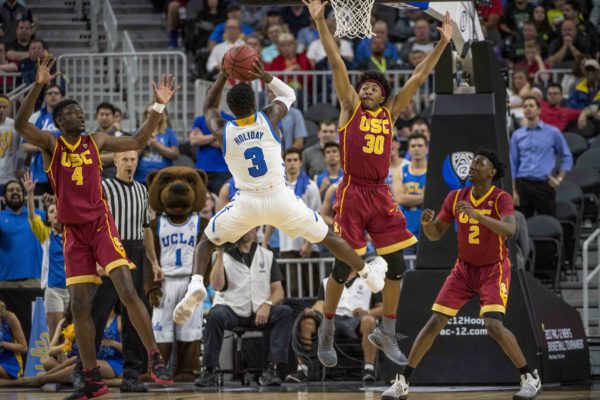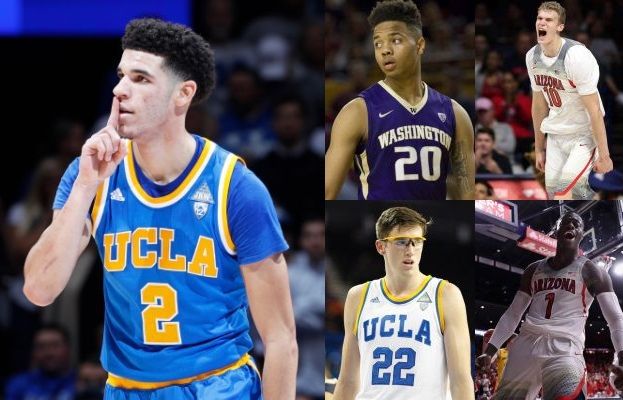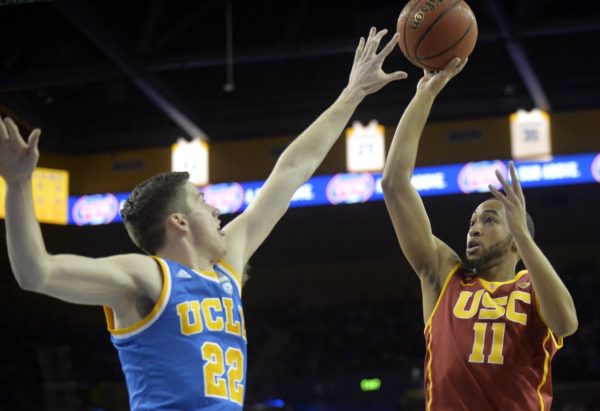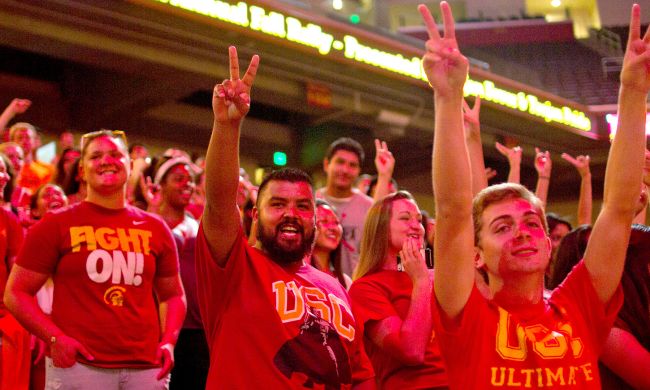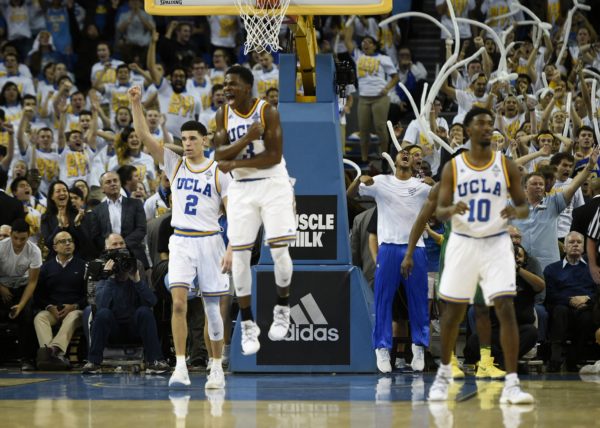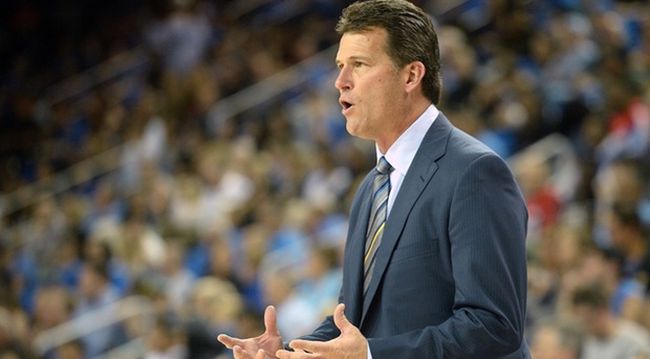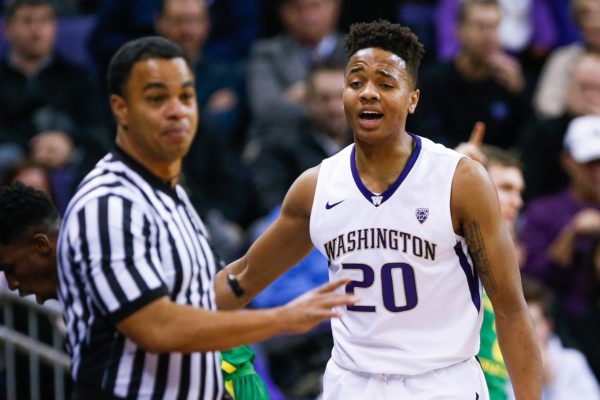Notes From the Pac-12 Quarterfinals
Posted by RJ Abeytia on March 10th, 2017Day two of the Pac-12 Tournament closed with the league’s 24-game chalk streak finally broken (barely, though, with a #5 seed beating a #4 seed), and the conference’s heavyweights in position to line up for the big stage over the next two nights. After two rounds of action, here are the three big takeaways from the Conference of Champions’ time so far in the desert.
- The heavyweights can win with their B Games: Arizona, Oregon, and UCLA were not at their best on Thursday, but they were all good enough. In Arizona’s 92-78 win over the Buffaloes, five Wildcats scored in double figures and Sean Miller’s offense was enough to overcome a defense that struggled to contain Colorado. UCLA went down to the wire against its crosstown rival, but they bookended the game with good defense (USC started the game 1-of-14 and missed their final five shots) and enough offense to advance. Oregon had the easiest time of it, but keep an eye on the Ducks’ depth: They had to roll with only six players because of Chris Boucher’s foul trouble. Perhaps the biggest takeaway on Thursday was that each team overcame its potential weaknesses: Arizona’s freshmen (Rawle Alkins, Lauri Markannen and Kobi Simmons) shot 17-of-21 combined against Colorado and committed only two turnovers in 62 minutes of floor time. UCLA’s shaky defense did just enough to survive and advance, and Oregon, a team with no real post player, pounded Arizona State in the paint with a 42-18 advantage.
- The bubble teams helped their causes: USC is now likely in the field with a 1-1 Pac-12 Tournament showing, but debate still lingers over Cal’s status. A win over Oregon tonight would makes them a lock, but if they were to lose, have the Bears done enough? Cal has 21 wins but only two of those were in the KenPom top 50 (Utah). Bill Walton thinks they’re in; Joe Lunardi thinks they’re not; but ultimately there’s only one thing we know for sure — the Bears still control their own fate, and that’s all they can ask for at this point.
- Derrick White is awesome: White could make the all-tournament team despite playing only half the days. The senior Colorado guard posted 31 points, six rebounds and five assists against Arizona while shooting 17-of-34 for the tournament. He was also 16-0f-19 from the line. His 57 points are to date better than any player still standing, and only Cal’s Jabari Bird is very close with 46 points.





























